It wasn’t long before the little horses had spread west to Alberta and as far south as the Caribbean. As early as 1820, there were classes for Canadian Horses at agricultural shows in Quebec and in New York state, and by the middle of the century they were being immortalized in paintings by Cornelius Kreighoff (1815-1872).
Canadians had great endurance and were fast at the trot and pace. Several became renowned race horses. Three Canadian stallions named Copper Bottom, Old Pilot and Tom Hall were bought by Americans and became the ancestors of many of today’s pacing Standardbreds, according to the United States Trotting Association. Even today, some Canadians are natural pacers.
If you think this Little Iron Horse sounds a lot like a Morgan, you’re right. There are numerous Canadian Horse mares in early Morgan pedigrees. Some people believe the foundation stallion, Figure, was a Canadian. The parents of Justin Morgan, Figure’s owner, lived in Quebec, where he often visited. Once Morgans became popular, many a Quebecer drove teams of Canadians over the border and sold them as Morgans, making a nice profit.
George Barnard Sherbrooke, L.C., wrote an article published in "The Cultivator", vol. 9, p.33, 1842, in which he discussed the qualities of the Canadian (or French-Canadian Horse, as it was then known). "The broad, courageous looking head, with the ears far apart, thick neck, general stoutness of frame, full breast and strong shoulder, with a round or fleshy croup; the low set muscles and large sinews, with those tough feet, that know not disease, are distinguishing marks of the French Canadian horse," he said.
Sherbrooke noted that there were differences between the Morgan and the Canadian, and this was one of the most notable: "The Morgan appears to be subject, as much as equally strong constitutioned horses of any breed, to founder and other diseases of the feet, while with the Canadian such ailments are less known, perhaps, than with any other breed in the world. There are numbers of horses in Canada that, under a mass of shaggy hair, possess dry, sinewy legs, on which the severest service never raises a wind-gall."
Despite the differences between the two breeds, he found it hard to find any other breed besides the Canadian which could have been the foundation for the Morgan. "The high crested neck and thick, wavy tail of the Morgan, show much of the character of some races of the Canadian, " he said. "If the French Canadian did not supply the Morgan, I, for one, should be glad to learn what other breed has ever been known upon this continent that could boast such excellent qualities for common service as are universally admitted to distinguish both of these breeds."


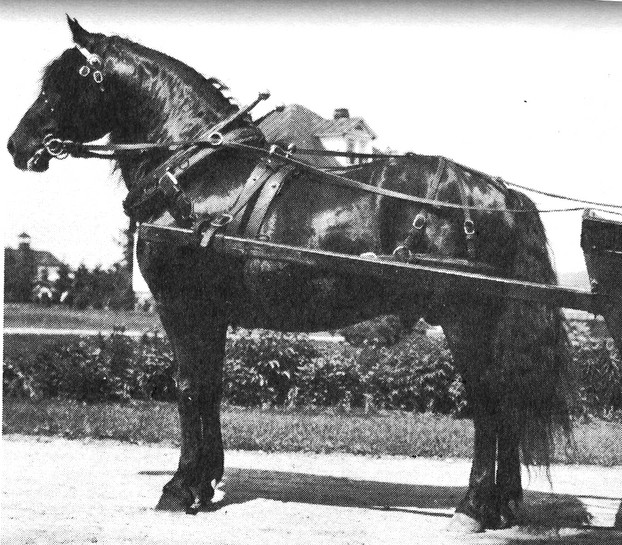
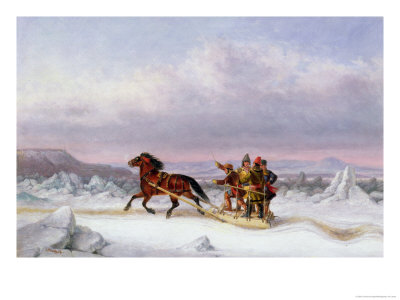
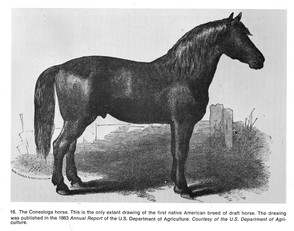
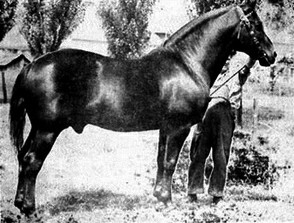
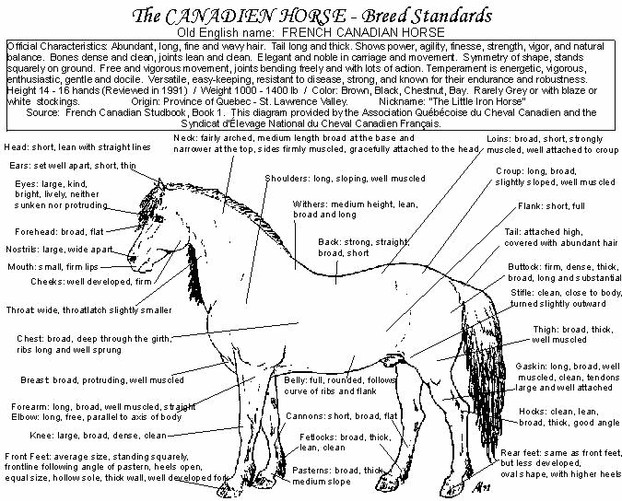
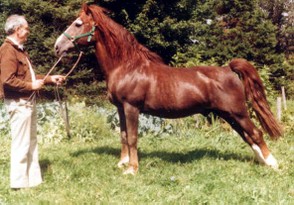
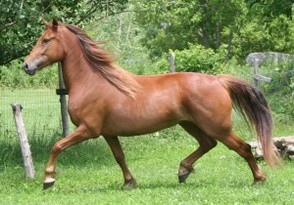
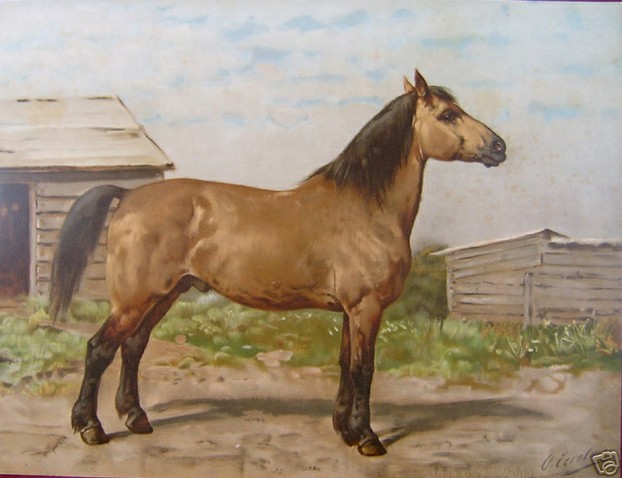



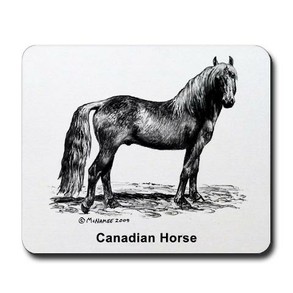
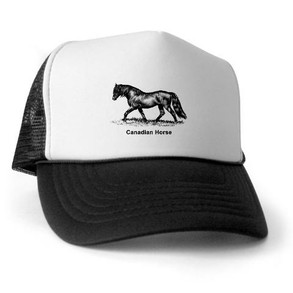
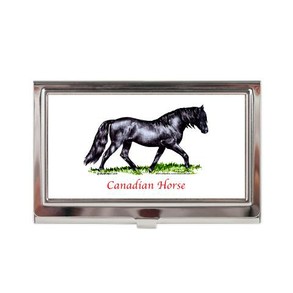
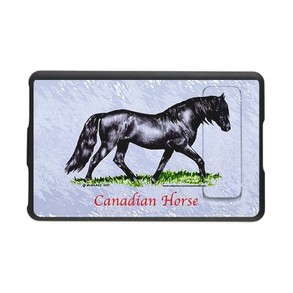
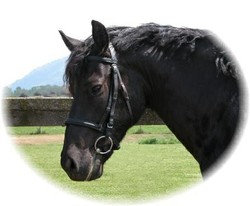

 Versatile Nova Scotia Duck Tolling Retrieverson 08/02/2014
Versatile Nova Scotia Duck Tolling Retrieverson 08/02/2014
 Should You Spay or Neuter Your Puppy?on 08/12/2014
Should You Spay or Neuter Your Puppy?on 08/12/2014
 Horse Racing History: the Preakness Stakeson 05/15/2014
Horse Racing History: the Preakness Stakeson 05/15/2014
 Dinosaurs Will Be On Display in Trenton, Ontario, Canadaon 07/29/2013
Dinosaurs Will Be On Display in Trenton, Ontario, Canadaon 07/29/2013

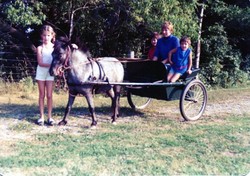
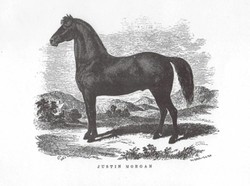
Comments
What a beautiful horse. I love horses. Very interesting to read and learn about the history of this horse. I am pleased that numbers are high enough now to sustain the breed.
Very good! Really enjoyed it!